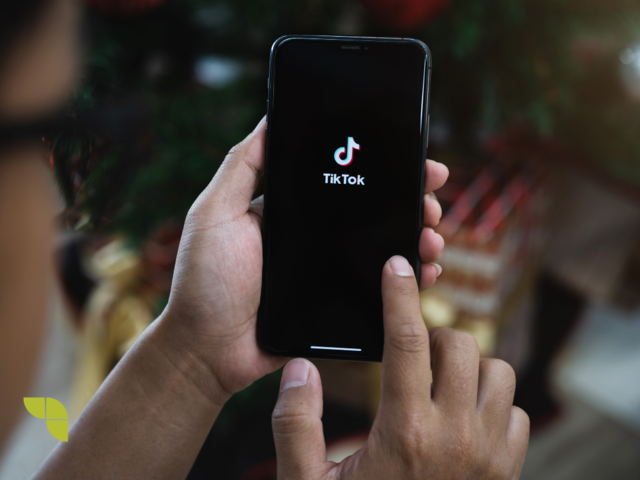Video Content in Social Media Marketing

In today’s digital age, the way we consume content has drastically evolved. One of the most significant shifts in recent years has been the rise of video content—especially on social media platforms. From short-form clips on TikTok and Instagram Reels to live streams and long-form YouTube videos, video content has become a dominant force in social media marketing. For brands, creators, and businesses alike, tapping into the power of video is no longer optional—it’s essential.
Why Video Content Dominates Social Media
There’s a simple reason why video performs so well: it captures attention quickly. Unlike text or static images, video combines visual and auditory elements, making it more engaging and memorable. Our brains process visuals 60,000 times faster than text, and studies show that viewers retain 95% of a message when they watch it in a video compared to just 10% when reading it in text.
Social media algorithms are also favoring video more than ever. Platforms like Instagram, Facebook, and LinkedIn are increasingly prioritizing video content in their feeds. TikTok’s entire ecosystem revolves around short-form video. Even Pinterest and X (formerly Twitter) are now adapting to this trend.
The Psychology Behind Video Engagement
Video appeals to multiple senses at once, which helps create a stronger emotional connection. A well-made video can make viewers laugh, cry, feel inspired, or build trust within seconds. For marketers, this emotional engagement is key to fostering brand loyalty and encouraging user action.
Another psychological factor is the feeling of authenticity that video often conveys. When audiences see a real person talking about a product, demonstrating a process, or sharing a story, it humanizes the brand. Especially in an age where consumers are skeptical of traditional advertising, authentic video content builds credibility.
Key Benefits of Video in Social Media Marketing
- Increased Engagement
Video posts consistently outperform other types of content in terms of likes, shares, and comments. On Facebook, video content receives 59% more engagement than other post types. Instagram Reels and TikTok videos are often favored by the platform’s algorithm, giving them broader reach. Many brands and agencies now rely on tools like an smm panel India to streamline their video distribution, automate posting, and boost engagement metrics, making it easier to scale video marketing efforts across multiple platforms. - Boosted Conversions and Sales
Video marketing has a direct impact on purchasing decisions. According to Wyzowl’s Video Marketing Report, 84% of consumers say that watching a brand’s video convinced them to buy a product or service. Whether it’s a product demo, testimonial, or explainer video, visuals help potential customers better understand what they’re buying. - Better SEO and Discoverability
Platforms like YouTube are essentially search engines in their own right. Optimized video titles, tags, and descriptions can drive organic traffic to your content. Additionally, websites with video are 53 times more likely to rank on the first page of Google search results. - Improved Brand Recall
People are more likely to remember what they see and hear. Video combines storytelling, branding, and information in a format that sticks. When done well, it leaves a lasting impression that text or images alone can’t match. - Increased Shareability
People are more likely to share video content than any other form. This makes video an ideal tool for virality and increasing brand awareness. A compelling or entertaining video has the potential to reach audiences far beyond your follower base.
Best Practices for Using Video on Social Media
To truly harness the power of video, it’s important to tailor your strategy to the platform and your audience. Here are some tips:
- Keep it short and punchy. Attention spans are shorter than ever. Grab viewers in the first 3 seconds and keep videos concise.
- Add captions. Many users watch videos on mute, especially on mobile. Subtitles improve accessibility and engagement.
- Optimize for mobile. Over 80% of social media browsing happens on phones. Use vertical or square formats and make sure text and visuals are easily readable on small screens.
- Use storytelling. Even short videos benefit from a beginning, middle, and end. Tell a story that aligns with your brand message.
- Include a CTA. Whether it’s “Shop Now,” “Learn More,” or “Tag a friend,” guide your audience toward the next step.

Popular Types of Video Content for Social Media
- Behind-the-Scenes (BTS)
Showcasing the human side of your brand builds trust and relatability. BTS videos offer an authentic glimpse into your work culture, creative process, or day-to-day operations. - How-To and Tutorials
Educational content adds value and positions your brand as an expert. Whether it’s a makeup tutorial, cooking demo, or tech walkthrough, these videos often have high retention rates. - Customer Testimonials
Real reviews from real people build credibility. A short video of a satisfied customer sharing their story can be more persuasive than a hundred written reviews. - Product Demonstrations
Showing your product in action helps potential buyers understand its features and benefits. Live unboxings and usage tips also add excitement. - User-Generated Content (UGC)
Encourage your customers to share their own videos using your product or service. UGC not only increases trust but also builds community and engagement.
Tools to Make Video Creation Easier
You don’t need a full production crew to create effective social media videos. There are many user-friendly tools available:
- Canva – Great for creating animated videos and stories
- CapCut – Ideal for TikTok-style editing
- InShot – Easy mobile editing for Instagram and Facebook
- Lumen5 – Turns blog posts into videos
- Adobe Premiere Rush – Professional features in a simplified format
Additionally, many platforms like Instagram, TikTok, and YouTube Shorts offer built-in tools to trim clips, add filters, music, and more.
The Future of Video in Social Media
Video content isn’t just a trend—it’s the future of digital communication. As technology advances, we’ll see even more innovation in video marketing. Expect to see more:
- Live shopping events and shoppable videos
- AI-generated video and personalized video ads
- Augmented Reality (AR) integrations
- Interactive videos with clickable elements
Brands that stay ahead of these trends will have a competitive edge, capturing audiences in new and exciting ways.
Final Thoughts
In a noisy digital landscape, video content cuts through the clutter. It delivers messages quickly, connects emotionally, and inspires action. Whether you’re a small business, content creator, or global brand, integrating video into your social media strategy can dramatically elevate your reach and impact.
Don’t worry about perfection—just start creating. The more authentic and engaging your content, the more your audience will respond. The power of video in social media marketing lies not just in its reach, but in its ability to make your brand unforgettable.



